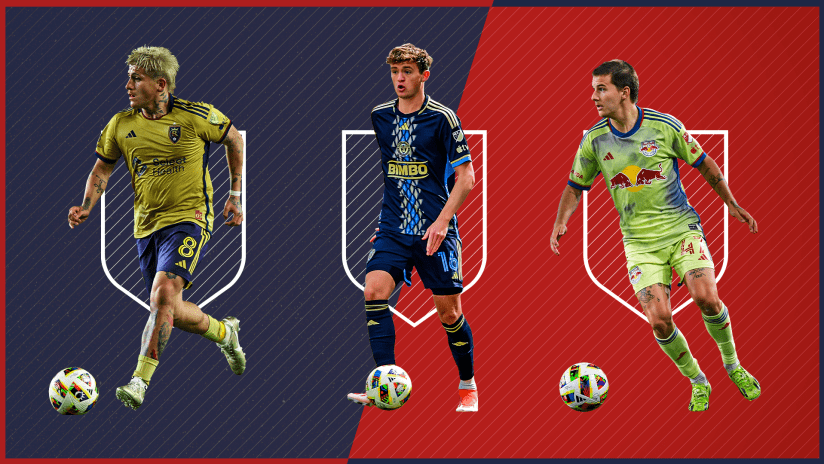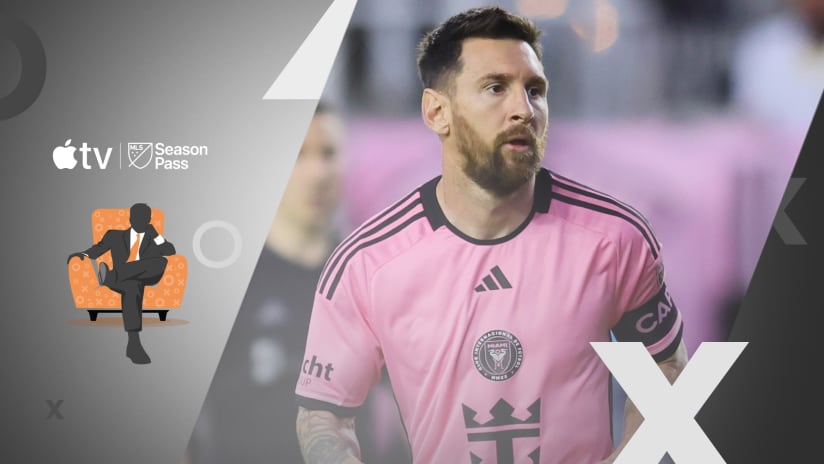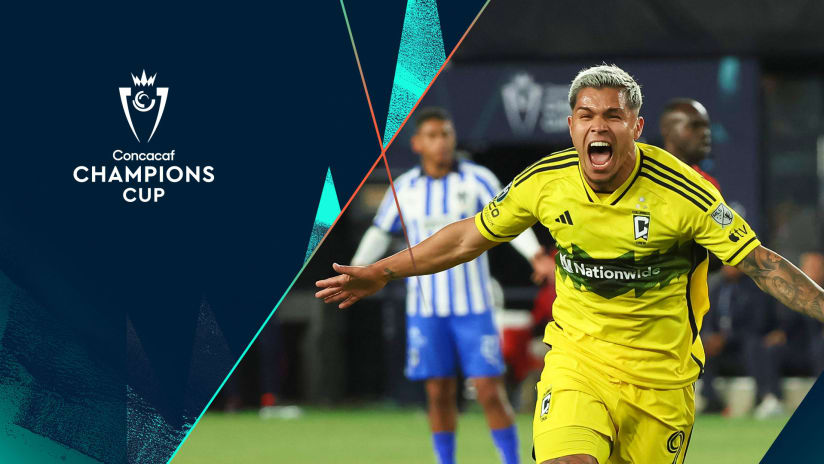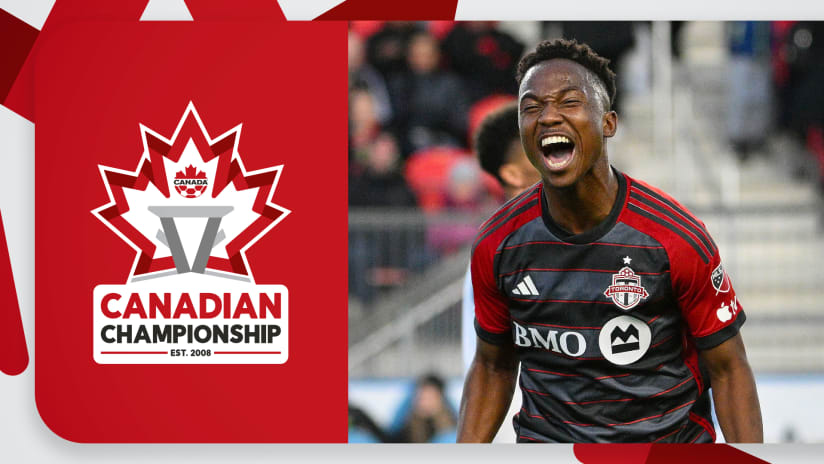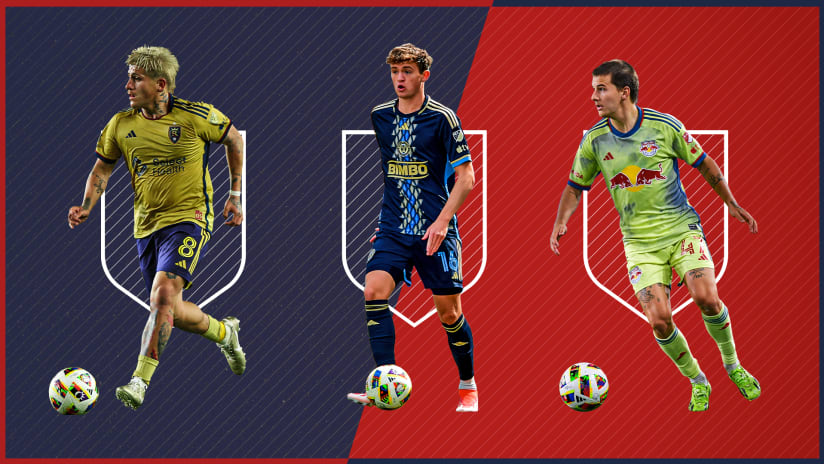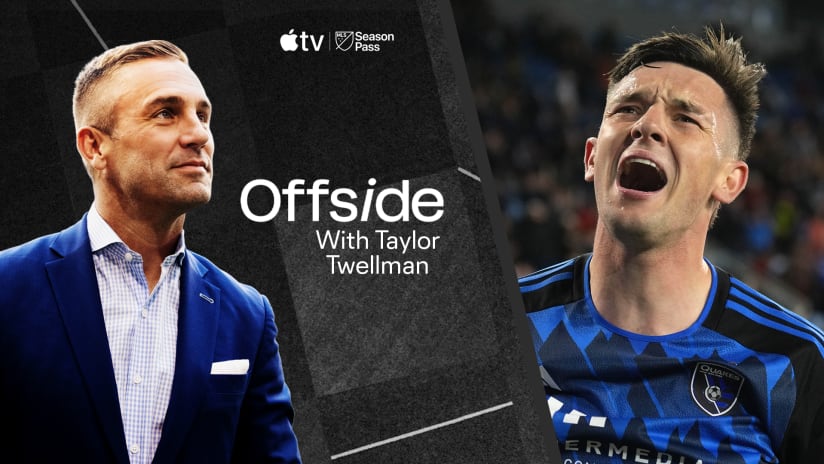We learned long ago not to take too much from friendlies, right? So yeah, we're not going to take too much from this – nobody's ruled out, and nobody's ruled in. This game, this 6-0 demolition of a Guatemala side that was so disengaged they even forgot to dive, was for sharpness and confidence.
I mean, when Clarence Goodson is doing Ruud van Nistelrooy stuff in the box ... let's make a solemn pact to treat this game the way it deserves to be treated.
Here are three thoughts on what we saw in San Diego:
1. Talent identification is still the major US bottleneck
Here's the dichotomy of US soccer: Four of the guys who started this game were from that 1999 U-17 class that's still the best-ever US youth generation. Landon Donovan, DaMarcus Beasley, Oguchi Onyewu, Kyle Beckerman ... if every youth class was that talented, the US would have made a World Cup semifinals at the very least by now.
The flip side is Herculez Gomez and Chris Wondolowski. Those guys were from the same youth cohort as Donovan et al, and weren't even afterthoughts. They weren't on the radar at all.
Both have pushed through and carved out remarkable careers, but neither really caught a break until they were 27ish years old (yes, Gomez had a 12-goal season with LA in 2005, but got kicked to the curb immediately after even at the club level).
Imagine if the two of them were in pro environments earlier. Imagine if the years they'd spent getting used to the international game came in their early 20s instead of their late 20s.
More importantly, imagine the dozens – or hundreds – of guys in their cohort, or the cohorts after them that weren't able to push through. Neither Herc nor Wondo is the savior of the US national team (which doesn't need saving, of course), but the point is that both the league and the team would be better off if there were 10 more Wondos and five more Hercs.
That's the challenge facing each and every MLS team right now. It's not about producing Messi, it's about taking the talented kids out there and molding them into good pros at a younger age. There's been plenty of progress, but too often, it's not enough.
2. Compact = Success
This is no secret. A quarter-century ago, Arrigo Sacchi revolutionized the game with his ultra-compact AC Milan sides, crystalizing the most important tenet of modern soccer: If you get stretched, you lose.
The US were a little bit stretched in the first 30 minutes, which largely accounted for the disjointed, timid play. That started to change when Beasley stepped higher into the midfield, providing another outlet for Beckerman and Jose Torres, and tilting the field toward the Guatemala net.
I don't know if that was Beasley reading the game and making the backline step with him, or Jurgen Klinsmann shouting instructions from the bench. Regardless, it was a good in-game adjustment, and worthy of praise.
3. Scouting for talent
One of the fun things about these CONCACAF games is trying to pick out the real talents from the other team, and unfortunately it was slim pickings tonight. Guatemala just doesn't have a whole lot of talent.
That said, two guys caught my eye: central midfielder Sergio Trujillo, a big, rangy, box-to-box No. 8, and left midfielder Edward Santeliz, who was the one consistent threat for the Chapines all night.
I'm not sure Trujillo really has what it takes to make it MLS – he didn't seem to read space well when the game slowed down – but he was dynamic the few times he got into the open field. As for Santeliz ... name one team in the league who can't use a pacy, tricky, defensively honest left winger.
You can't.
And as it turns out, he was born in Chicago, so he won't even take up an international slot.



